Exploring the image of chemists
One of the first versions of what we now call Dast (draw a scientist test) was conducted in 1957.1 Children were asked to write an essay using the following prompt: ‘When I think about a scientist, I think of…’. The result was an elderly or middle-aged man in a white coat with unkempt hair, working alone, and surrounded by glassware. He was usually portrayed in dingy laboratories with explosive chemicals, neglecting his family. However, some positive attributes also emerged like devotion, persistence and benefiting mankind.
This image has persisted. Modern Dast studies have consistently identified the stereotypical scientist as a middle-aged or elderly Caucasian man, often bearded or balding, wearing goggles and a white lab coat, similar in appearance to Dr Bunsen Honeydew and his assistant Beaker from The Muppet Show.2 The descriptions given by the children still produce negative stereotypes like ‘crazy’ and ‘clumsy’, in addition to ‘normal’.3
The authors of the 1957 study blamed the mass media image of scientists as the most likely influence for the responses. But how did this image evolve?
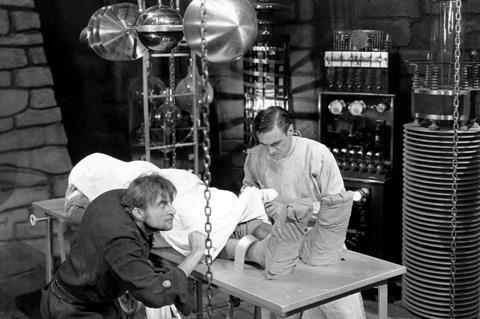
The origin of the ‘mad scientist’ image is often associated with Frankenstein. The first onscreen adaptation of Mary Shelley’s Victorian horror story is a silent movie from 1910 by Edison studios, in which Frankenstein is portrayed as a young college student. However, the most famous version is 1931’s Frankenstein, which includes the eureka moment ‘it’s alive, it’s alive!’ There is, of course, an undeniable link between this classic story and chemistry through Luigi Galvani’s use of electricity to induce twitching in frog legs.
Many of the early Dast studies also mentioned underground labs and potions which were undeniably influenced by films from the 1930s including Frankenstein, The Invisible Man, Dr Jekyll and Mr Hyde and Snow White and the Seven Dwarfs. However, both Henry Jekyll and Victor Frankenstein are presented onscreen as gentlemen with neat black hair and no safety goggles. The same can be said of the Invisible Man… when we finally see him.
That way madness lies
In the 1931 film, Victor Frankenstein claims that the public associate scientific curiosity with madness: ‘Where should we be if nobody tried to find out what lies beyond? … But if you talk like that, people call you crazy’. At the turn of the 20th century, psychology emerged as a distinct discipline for the first time through the works of Ivan Pavlov, Sigmund Freud, Friedrich Nietzsche and others. Interestingly, Freud refused to work with movie makers but that didn’t stop psychoanalytic ideas from appearing on screen.
Chemistry achieved distinction during the 18th century by separating itself from medicine. However, to achieve professional recognition, chemists still needed to dissociate themselves from the supernatural claims of alchemy. Alchemists used workshops, chemists used laboratories.4 This transition is mocked as superficial in the 1902 French silent movie A Trip to the Moon, when the scientists change their clothes from wizard-like garments and pointy hats to formal dress and top hats, thus becoming professional.
Many of the early 20th century scientific discoveries could easily be seen as supernatural by the public, such as reviving someone with a defibrillator and the transmutation of elements through nuclear means. These discoveries and others made it difficult for chemists to dissociate themselves from the claims of alchemists, fuelling the mad scientist trope. Long before photography and film, caricatures about Galvanism bringing the dead back to life are the earliest known examples of ‘mad scientists’.5
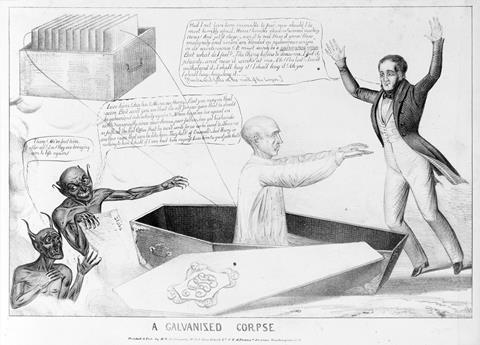
The first explicit image of a chemist onscreen is a short clip from 1897 entitled Mr. Edison at work in his Chemical Laboratory, featuring the famous inventor with white hair and a full-length lab coat. The first stereotypical ‘mad scientist’ on screen is a physician with wild white hair and round glasses in the 1934 psychology themed movie Maniac. There are also many onscreen examples of obsessive chemists, most famously in 1951’s The Man in the White Suit. Therefore, it seems that the stereotypical image evolved over time, spurred on by the fame and image of Albert Einstein. Noteworthy also is Gene Wilder in the 1974 comedy Young Frankenstein, and the wild eyed Doc Brown in the Back to the Future trilogy (1985–1990).
However, since the early 2010s there has been a noticeable shift in the depiction of chemists and chemistry onscreen. Notwithstanding some minor errors for the sake of entertainment, Breaking Bad set a new standard for chemistry detail – but Walter White may only represent a new interpretation or evolution of the ‘madness’. More recently, in 2023 we have seen chemistry themed movies featuring ‘flame tests’ for younger audiences in Elemental and female representation in Lessons in Chemistry. In the latter, the actress Brie Larson does an expert job of discussing chemistry and performing several laboratory skills accurately.
So, is onscreen chemistry entering a new golden age? It would seem from these recent examples that the answer is yes, so perhaps we should remain hopeful that future Dast studies will showcase the diversity of the chemistry community.
Onscreen Chemistry: The Portrayal of Chemical Science in Film and TV by John O’Donoghue is available for pre-order now, due for publication on 12 February.
Join us for a webinar with O’Donoghue on 14 February to discover the real-life chemistry that inspires the art of the silver screen.
References
1 M Mead and R Métraux, Science, 1957, 126, 384 (DOI: 10.1126/science.126.3270.384)
2 D W Chambers, Sci. Educ., 1983, 67, 255 (DOI: 10.1002/sce.3730670213)
3 T J Brumovska et al, Int. J. Educ. Res. Open, 2022, 3, 100180 (DOI: 10.1016/j.ijedro.2022.100180)
4 P J T Morris, ChemTexts, 2021, 7, 1 (DOI: 10.1007/s40828-021-00146-x)
5 M J S Rudwick, Isis, 1975, 66, 534 (DOI: 10.4324/9781003418702-10)

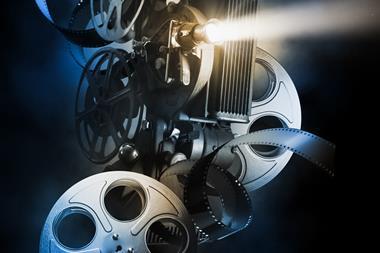
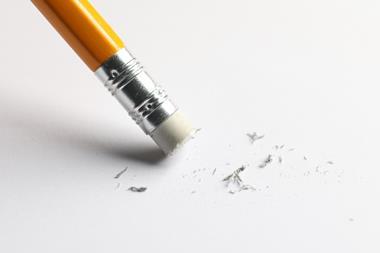


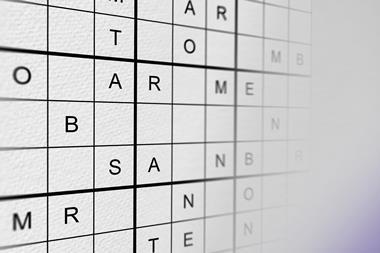
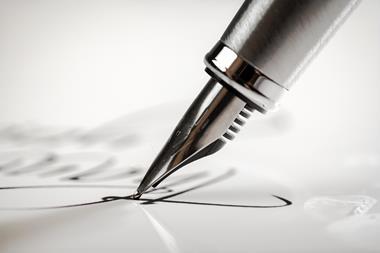

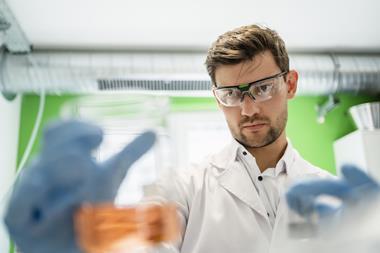

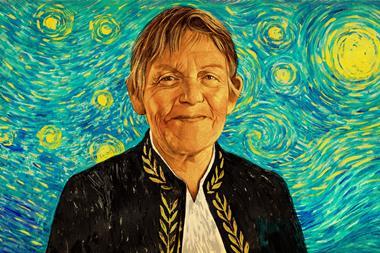
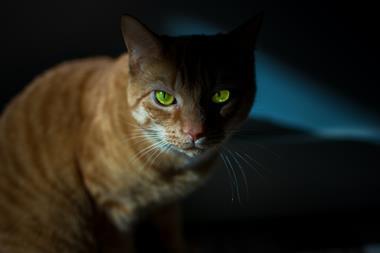
No comments yet